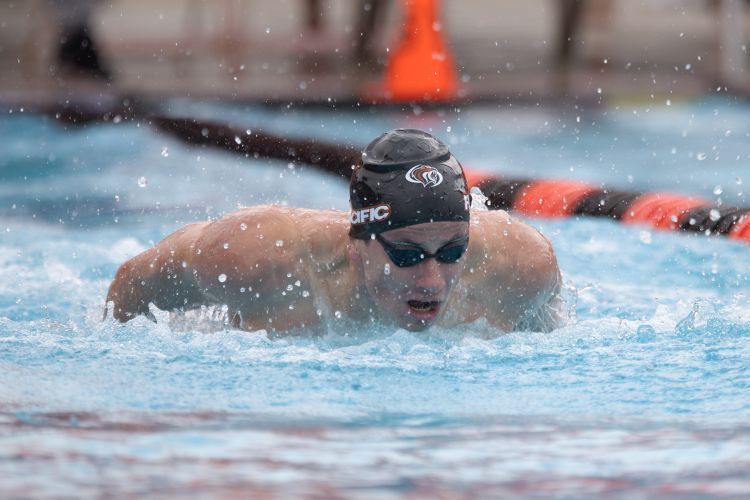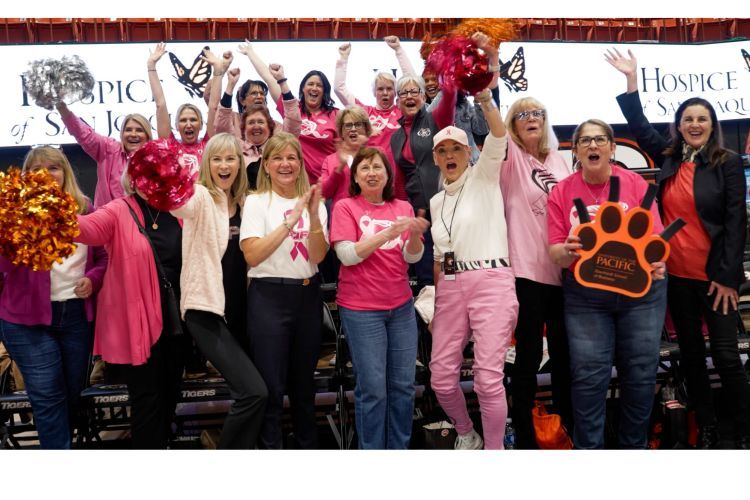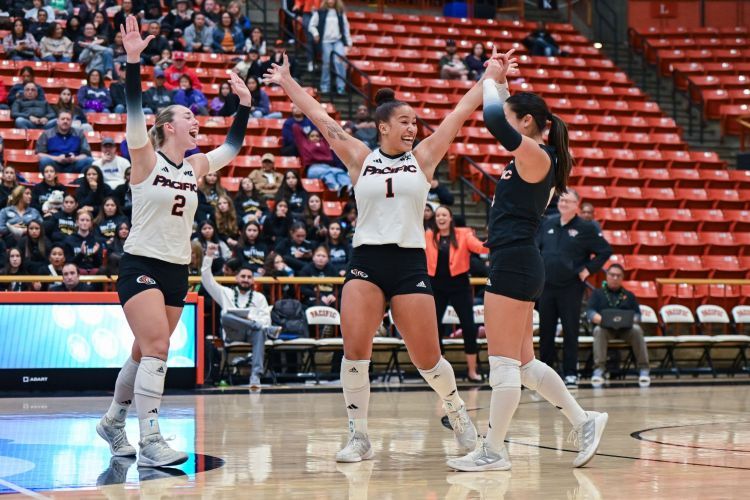Breadcrumb
Pacific unveils plans for new state-of-the-art student-athlete and sports medicine center
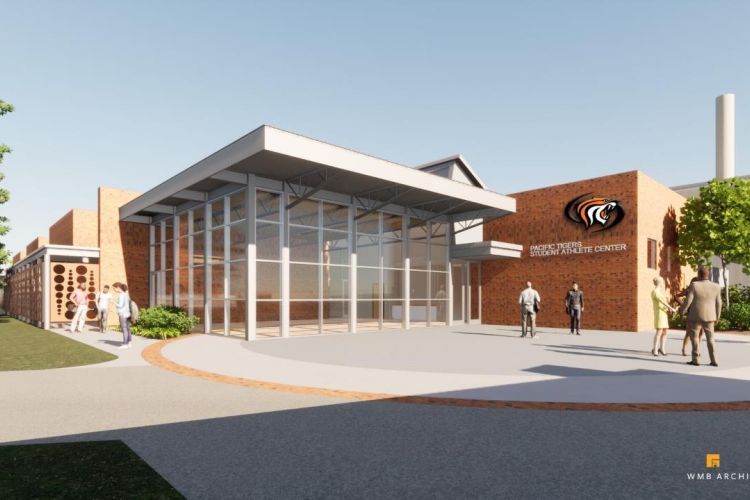
University of the Pacific is planning a new state-of-the-art complex featuring a sports medicine training and rehabilitation center that will focus on student-athlete health and wellness while supporting and growing Northern California’s only accredited athletic training degree program.
Board of Regents Chair Mary-Elizabeth Eberhardt ’76 is driving the fundraising effort. The Eberhardt family and Bank of Stockton have provided a generous lead gift to launch the initiative.
“My family and I are passionate about Pacific Athletics and are excited to help provide the missing ingredient for a truly world-class athletics program while supporting, nurturing and growing our outstanding athletic training degree program at Pacific’s fast-growing School of Health Sciences,” Eberhardt said. “We have a prime opportunity to distinguish ourselves from our peers, not just in terms of competitive excellence, but in how we provide holistic support for our athletes.”
The new 15,682-foot center will reside on the site of the South Campus Gym, adjacent to the Alex G. Spanos Center.
“This is the missing piece of the puzzle to allow Tiger Athletics to compete at the highest levels.” - incoming Athletic Director Adam Tschuor
The centerpiece will be the state-of-the-art sports medicine training and rehabilitation center for Pacific’s 300-plus student-athletes, which also will provide essential real-life clinical experiences for students in the Master of Science in Athletic Training Program. Pacific’s athletic training program is the only one accredited in Northern California by the Commission on Accreditation of Athletic Training Education.
The new complex also will house a nutrition center, a study area, modern film and game-planning rooms, event and student-gathering spaces for all student-athletes and significantly upgraded locker rooms for the court sport teams – men’s and women’s basketball and women’s volleyball.
Pacific already boasts an array of high-quality athletic facilities. Both basketball teams and volleyball practice in the Janssen-Lagorio Gymnasium and attached Performance Center—a premier practice and strength and conditioning facility—and compete in the Spanos Center, one of the best and largest arenas in the West Coast Conference. Additionally, the Eve Zimmerman Tennis Center and the Douglass M. Eberhardt Aquatics Center are considered best in the conference, and the Walter Chang Golf and Learning Center and Klein Family Field baseball complex are among the top.
New Athletic Director Adam Tschuor called the new student-athlete complex “the missing piece of the puzzle to allow Tiger Athletics to compete at the highest levels,” adding, “I look forward to working with Chair Eberhardt, Vice President Scott Biedermann and President Christopher Callahan to make this concept a reality.”
The design, which was guided by input from student-athletes, Tiger coaches, staff and supporters, is expected to dramatically improve the student-athlete experience, enhance recruitment and grow the M.S. in Athletic Training program.
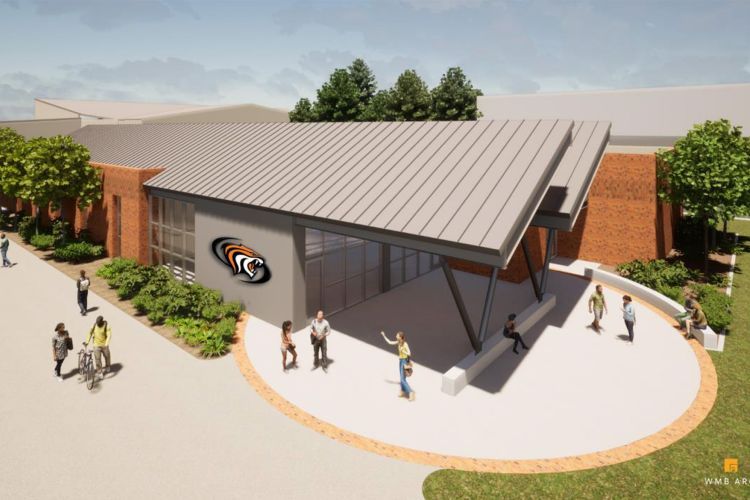
Christopher Pond, assistant director of athletics for sports medicine and wellness, has been a key driver of the athletic training degree program. Pond said an unusual feature of the academic program is how closely faculty and students work with the athletics training staff at the Division I level. Athletic training students treat Pacific student-athletes before, during and after practices and games under the supervision of Pond and his staff.
“One of the unique functions of the partnership between the Athletics Department and the academic program is the clinical environment provided to future health care professionals,” Pond said. “Hundreds of practicing athletic trainers, therapists, educators and even physicians have honed their techniques and philosophies in this environment. Providing care in real life and real time to actual patients, striving to compete at the highest level with no room for delayed or improper treatment, ensures adherence to best practices and collaborative medicine.”
While providing these critical clinical experiences to athletic training students, the support available to student-athletes also will be greatly enhanced, Pond said.
“To give them space to put their body in the right environment to heal quickly and correctly is huge,” he said.
President Callahan said the new complex fits perfectly with Pacific’s goal of becoming the best student-centered comprehensive university in the nation.
“The new center will greatly enhance the student-athlete experience and make us more competitive in our 17 Division I sports while preparing at the highest level the next generation of health professionals in the growing field of athletic training,” he said.
Eberhardt points to athletics as an integral part of her vision for Pacific. Four generations of her family have partnered with the Tigers. Eberhardt herself has supported the construction of several athletics facilities and has endowed a scholarship for student-athletes in any sport.
“Our athletic programs are among the best, with the potential to become even more outstanding,” Eberhardt said. “I hope that many in the Pacific community will want to take this journey with us.”
Estimated cost for the center is $10 million. Construction will begin once funding has been secured.
To learn more about the student-athlete center, contact Scott Biedermann ’05, ’20, vice president for development and alumni relations, at 209.946.2166 or sbiedermann@pacific.edu.


